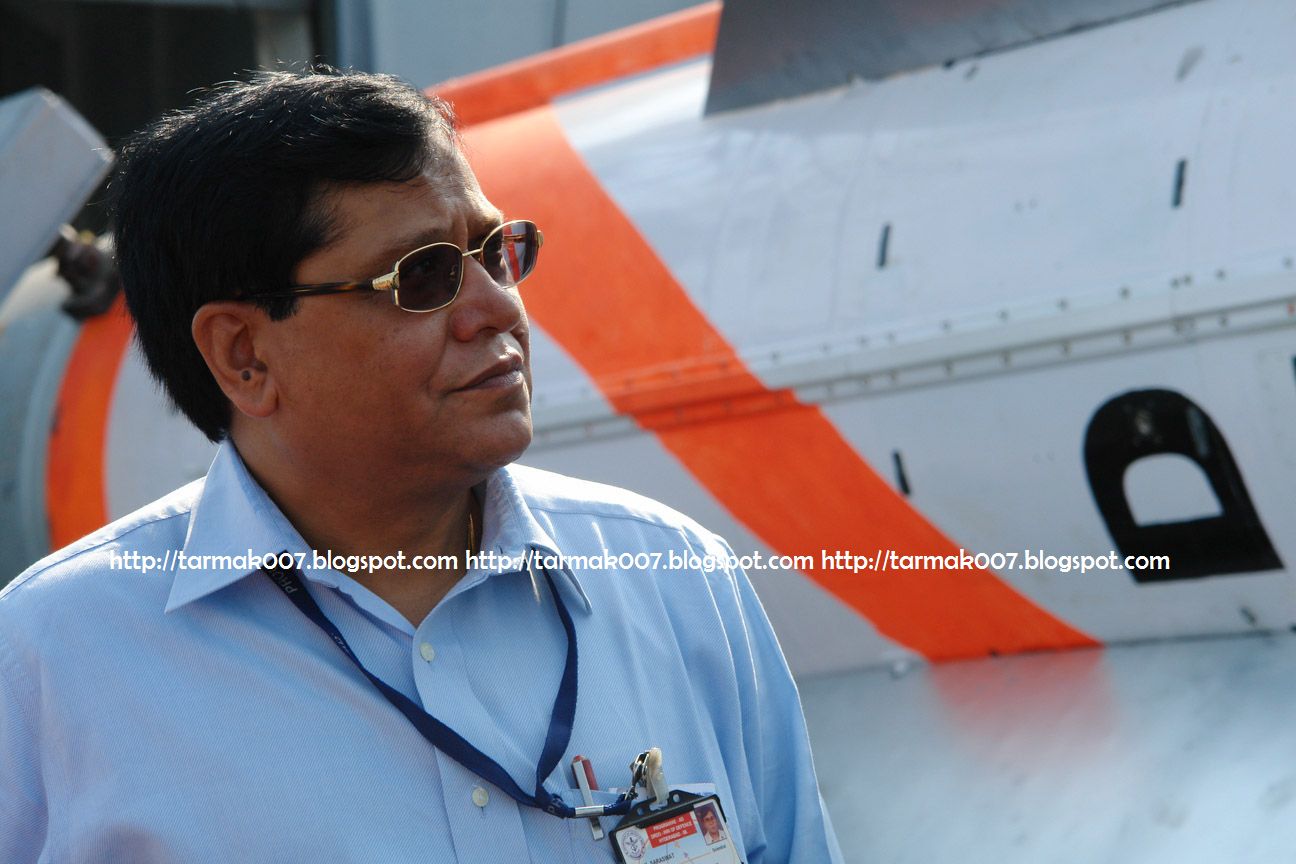Galaxy
Senior Member
- Joined
- Aug 27, 2011
- Messages
- 7,086
- Likes
- 3,934
YES WE CAN: Saraswat dedicates Agni-IV success to youngsters in DRDO
Bangalore: The Defence Research and Development Organisation (DRDO) is on Cloud 9 following the success of the long-range, surface-to-surface missile Agni-IV on November 16. Often battered and bruised by the users for not delivering what has been promised, the DRDO is hogging all the limelight – thanks to the big-bang strike by Agni-IV.
Known for his inimitable straight-forward comments, DRDO chief Dr V K Saraswat dedicated the success of the launch to the young DRDO. "I dedicate this success to all the youngsters who have contributed with a large heart. I am not playing to the gallery as I have already communicated this internally. The mentoring we started a couple of years back is paying rich dividends. Give it to them (youngsters) as they deserve all the laurels," Saraswat told The New Indian Express.
Making mincemeat of technology control regimes, Saraswat said that Agni-IV virtually made these powers futile at one go. "Nobody can stop us and nobody can dictate terms to us. Nobody can get us. It is not DRDO we are talking about, but India. We have shown the world how indigenous new-age technologies can be transferred efficiently on to a top-class product," he said.
The DRDO chief went on to say that the missile technology nuances mastered by his team has put India on par with the best in the world. "We will soon tell another story when Agni-V comes out. It's a constant process and we are all geared up. We have got the momentum and we will get it going," Saraswat said.
The mood in the Missile Complex in Hyderabad too is ecstatic with a strong sense of 'yes-we-can-belief' settling in among various teams that have been working on Agni-IV.
Speaking to Express from Hyderabad over phone, G. Satheesh Reddy, Associate Director, Research Centre Imarat (RCI), said that DRDO's patience have finally paid off. "After last year's failed campaign, we got on to the basics and dissected every system that went onboard. Today, with the success of Agni-IV we have witnessed the quantum jump in the state-of-the-art technologies in missile-making. We are now steadily moving towards our inter-continental ballistic missile (ICBM) dream and all efforts will now go into making of Agni-V," says Sateesh, a young DRDO brain, who got recently elevated to the 'Outstanding Scientist' status.
It was Satheesh's team that developed ring-laser gyro-based inertial navigation system (RINS) and micro-navigation system (MINGS) for Agni-IV. "We are thrilled by the telemetry results of the missile and we couldn't have asked for a better launch," he said.
DRDO sources who were part of the Agni-IV campaign said that the missile could go up to a maximum of 3,700 km and during the maiden launch it touched between 3,200-3,400 km, before hitting with target.
Bangalore: The Defence Research and Development Organisation (DRDO) is on Cloud 9 following the success of the long-range, surface-to-surface missile Agni-IV on November 16. Often battered and bruised by the users for not delivering what has been promised, the DRDO is hogging all the limelight – thanks to the big-bang strike by Agni-IV.
Known for his inimitable straight-forward comments, DRDO chief Dr V K Saraswat dedicated the success of the launch to the young DRDO. "I dedicate this success to all the youngsters who have contributed with a large heart. I am not playing to the gallery as I have already communicated this internally. The mentoring we started a couple of years back is paying rich dividends. Give it to them (youngsters) as they deserve all the laurels," Saraswat told The New Indian Express.
Making mincemeat of technology control regimes, Saraswat said that Agni-IV virtually made these powers futile at one go. "Nobody can stop us and nobody can dictate terms to us. Nobody can get us. It is not DRDO we are talking about, but India. We have shown the world how indigenous new-age technologies can be transferred efficiently on to a top-class product," he said.
The DRDO chief went on to say that the missile technology nuances mastered by his team has put India on par with the best in the world. "We will soon tell another story when Agni-V comes out. It's a constant process and we are all geared up. We have got the momentum and we will get it going," Saraswat said.
The mood in the Missile Complex in Hyderabad too is ecstatic with a strong sense of 'yes-we-can-belief' settling in among various teams that have been working on Agni-IV.
Speaking to Express from Hyderabad over phone, G. Satheesh Reddy, Associate Director, Research Centre Imarat (RCI), said that DRDO's patience have finally paid off. "After last year's failed campaign, we got on to the basics and dissected every system that went onboard. Today, with the success of Agni-IV we have witnessed the quantum jump in the state-of-the-art technologies in missile-making. We are now steadily moving towards our inter-continental ballistic missile (ICBM) dream and all efforts will now go into making of Agni-V," says Sateesh, a young DRDO brain, who got recently elevated to the 'Outstanding Scientist' status.
It was Satheesh's team that developed ring-laser gyro-based inertial navigation system (RINS) and micro-navigation system (MINGS) for Agni-IV. "We are thrilled by the telemetry results of the missile and we couldn't have asked for a better launch," he said.
DRDO sources who were part of the Agni-IV campaign said that the missile could go up to a maximum of 3,700 km and during the maiden launch it touched between 3,200-3,400 km, before hitting with target.






